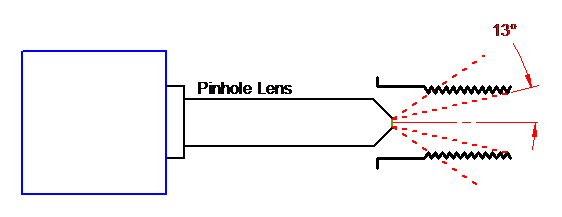Pinhole Lenses
In optics history, the first pinhole lenses were exactly that: small holes (pinhole size) made in an opaque layer, and otherwise surrounded by a light blocking box or walls. An image of something outside the box or room would be projected onto the wall opposite the pinhole. This arrangement is called the Camera Obscura, and use of this may go back thousands of years in human history!
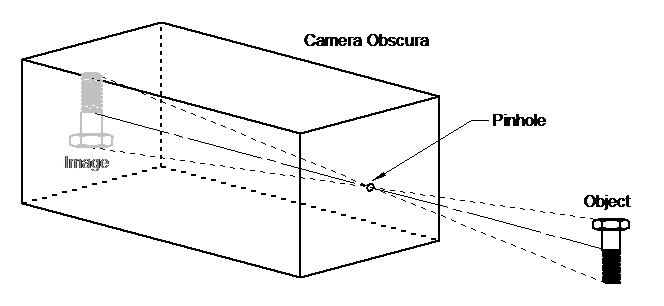
Figure 1: Original pinhole lens – the Camera Obscura
Today almost no one depends on an actual small pinhole for imaging. But there are certain designs of lenses that behave in the same way, and often have very small lens apertures at the front. These are likewise called pinhole lenses.

Figure 2: Modern pinhole lens
One application of pinhole lenses that have very small front-ends is in security and surveillance. Here the small front tip of the lens can protrude, while the remainder of the lens and the camera can be hidden. A well-configured system can make it almost impossible to see that a camera is being used.
Another application of pinhole lenses that typically have narrow bodies is inspection of small cavities, bores, and threaded holes. In many of these cases, the pinhole lens must be inserted into the bore or cavity to achieve the desired result. This slows the process down because 1) The part must be stopped and 2) The lens must be inserted, the part inspected, and then the lens withdrawn before the part can be moved again.
Figure 3: Pinhole lens inserted into bore to achieve minimum view angle of 13 degrees. (For example)
When patented Hyper-EyeTM lenses are used in borescope or pinhole mode, however, the virtual front entrance pupil or Convergence Point can often provide a great advantage in inspection by allowing the physical lens to remain clear of the product being inspected.
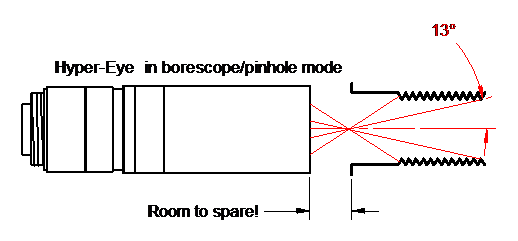
Figure 4: Hyper-Eye in borescope/pinhole mode
Another example is in vial inspection where not only the bottom of an ampule or vial must be inspected, but also the corner or "heel" of the vial, as well as a portion up the sidewall. In many cases a pinhole lens simply can't perform as needed.
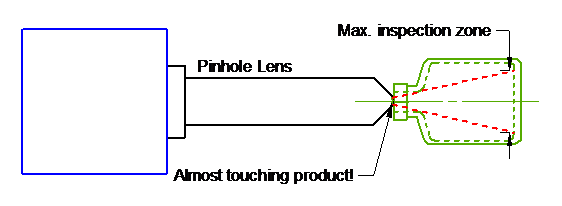
Figure 5: Vial cannot be properly inspected with a pinhole lens
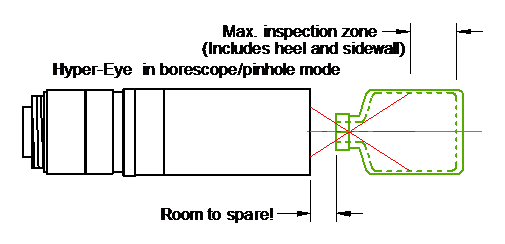
Figure 6: Hyper-Eye in borescope/pinhole mode does the job!
Frequently Asked Questions
1. What is a pinhole lens?
In optics history, the first pinhole lenses were exactly that: small holes (pinhole size) made in an opaque layer, and otherwise surrounded by a light blocking box or walls. An image of something outside the box or room would be projected onto the wall opposite the pinhole. This arrangement is called the Camera Obscura, and use of this may go back thousands of years in human history!
Even today some systems use laser-drilled precision pinholes as the sole optical element. These, however, are for specialized and usually artistic purposes.
Pinhole lenses using glass or plastic refractive lens elements are different, although similar in function. They're really kind of hybrids of true pinhole lenses and modern refractive lenses. The glass or plastic elements provide light bending and focusing, while the small aperture at the very front of the lens, in part, restricts peripheral light rays to sharpen the image across the field.
2. What are pinhole lenses used for?
Assuming that we're talking about the above hybrid-type pinhole lens with refractive elements, there are several uses.
One use is for surveillance cameras, especially when trying to keep the camera hidden. Modern pinhole lenses usually have narrow front housings that often come to almost a point. This mechanical configuration means that the rest of the lens and the camera behind it can be hidden, while the "nose" of the lens views through a tiny, camouflaged opening.
For industrial inspection, pinhole lenses are often used for viewing inside bores or small holes, sometimes even being inserted into these holes. In this manner pinhole lenses can be used as borescopes.

